当日発送について
以下の条件に該当するご注文を当日配送いたします。
・平日(営業日)の12時までにご注文が完了。
・ご注文いただいた商品の在庫がすべてある場合。
・お支払方法がクレジットカード決済か代引きの場合。
※受注状況や確認事項の有無などにより、お時間をいただく場合がございます。
※12時以降のご注文は最短で発送いたします。
定休日のご案内
土日祝日、お盆、年末年始などは出荷業務をお休みいたします。
Now Loading...
以下の条件に該当するご注文を当日配送いたします。
・平日(営業日)の12時までにご注文が完了。
・ご注文いただいた商品の在庫がすべてある場合。
・お支払方法がクレジットカード決済か代引きの場合。
※受注状況や確認事項の有無などにより、お時間をいただく場合がございます。
※12時以降のご注文は最短で発送いたします。
土日祝日、お盆、年末年始などは出荷業務をお休みいたします。
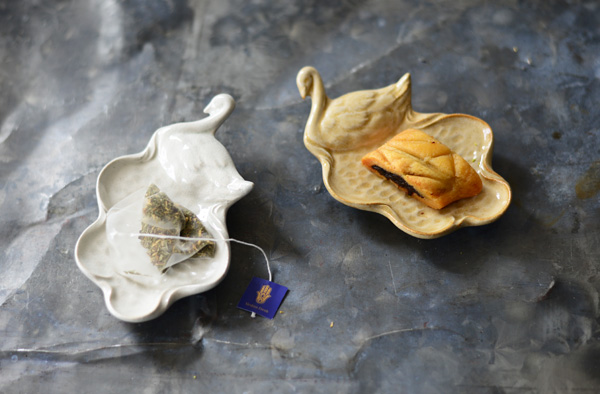
優雅なフォルムをもつ白鳥、日本へは越冬のため遥か遠くからやってきます。
世界各地に白鳥が登場する神話がたくさんあり、音楽や絵画などの芸術作品にも愛され続けているモチーフです。
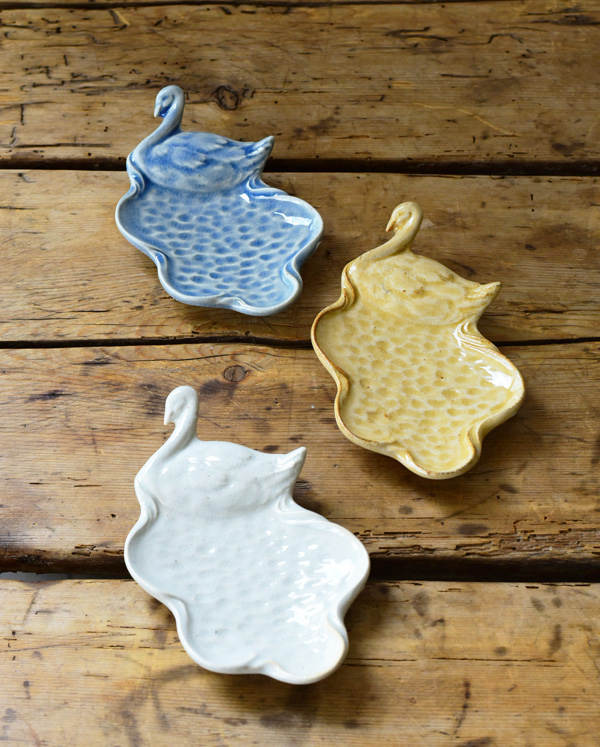
そんな白鳥が水辺にたたずむ神秘的で美しい姿が小皿になったスワン。
デザインイメージは湖面を緩やかに進んでいる風景です。
途切れのない泳跡を波でぐるりと縁取った形は、リズミカルな印象です。
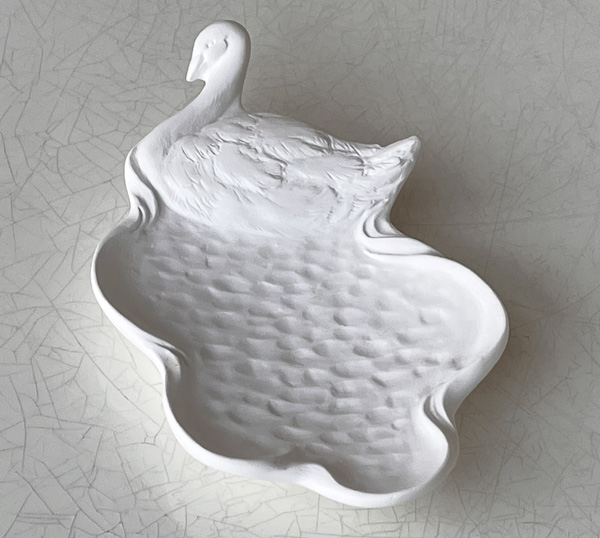
(写真:石膏原型)
繊細なレリーフは原型師が粘土に手彫りで施したもの。
凛とした表情や軽やかな羽の膨らみ、湖面のきらめきを表現するため彫りの深さや幅にまでこだわっています。
一つ一つの丹念な手仕事からは温かみを感じます。

色はブラン、ミエル、ソワレの3色、それぞれ時間をイメージしています。
ブランは白、ほのかに青みのある灰釉で冬の朝の光。
ミエルは蜂蜜色、伝統の黄瀬戸釉の透き通った色合いは黄昏時を。
ソワレは青、フランス語で宵、日が暮れた後の青く染まる時間。
異なるシーンを連想させる3色はロマンティックな雰囲気を纏っています。
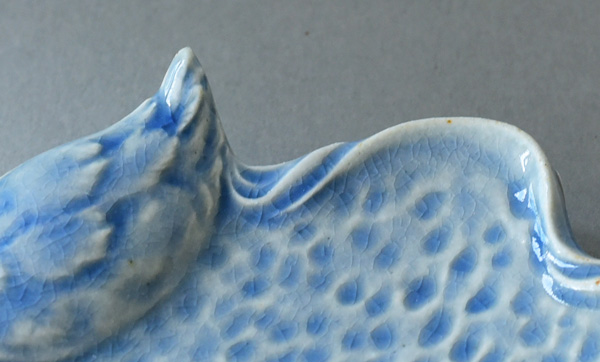
白荒土と釉が生み出す濃淡や、貫入など1つ1つ異なる表情は陶器ならではの温もりを感じさせます。
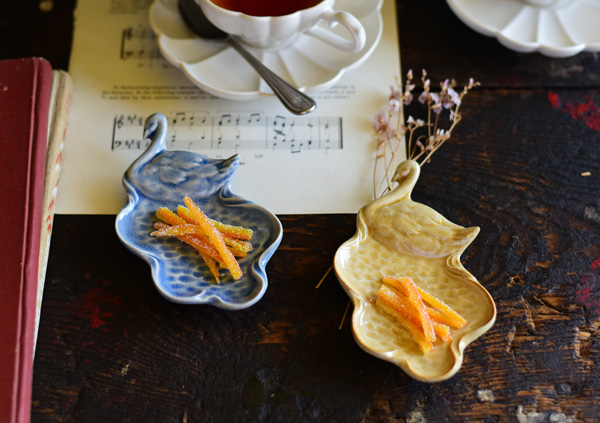
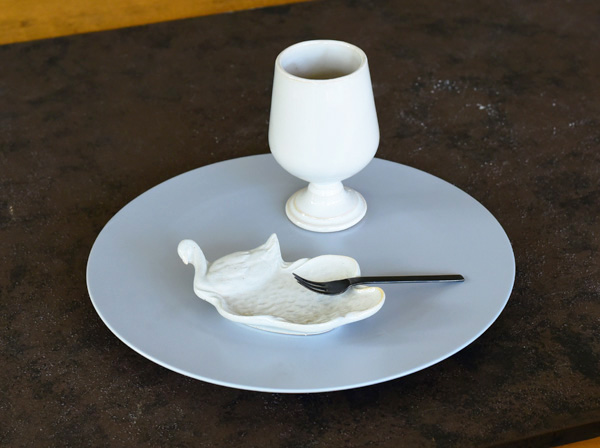
小菓子やチーズを盛りつけてお茶やお酒を楽しんだり、ワンプレートの小皿として使ってもテーブルのアクセントに。
他にもカトラリーレストやアクセサリー置きとしても幅広くお使いいただけます。
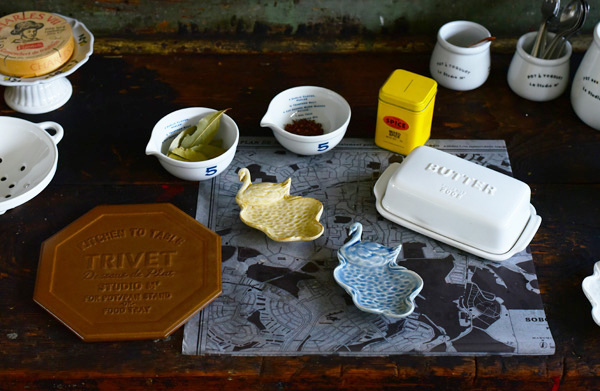
小さなうつわに広がる情景から、自分だけの特別な時間をお過ごしください。